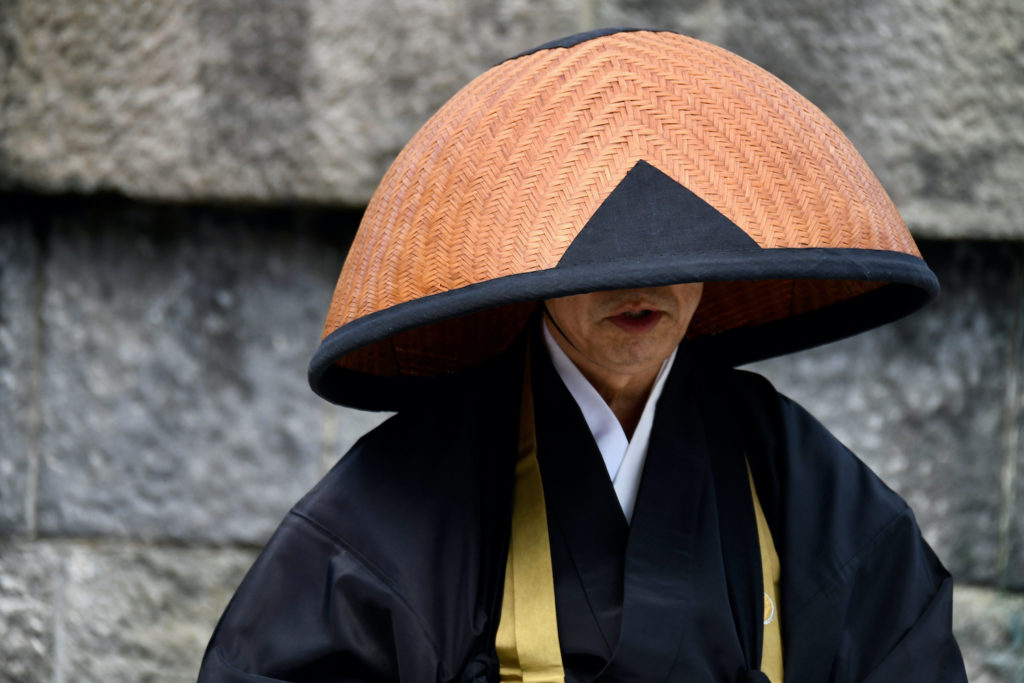
Types of Buddhism developed in Japan: We have seen the early Japanese Buddhism was for the court elites and used as a tool to centralize the power for the state in Japanese Buddhism in Early Stage. This climate changes from the Kamakura period when the Samurai rose as a ruling class. Let’s take a look at the changes made in Japanese Buddhism from the late 13th century to this day.
Table of Contents
1. Kamakura Buddhism: Types of Buddhism developed in Japan
The early period of Japanese Buddhism has been only for the court elites until the late Heian period. It functioned as a tool to centralized the power of the state.
However, the bearer of the culture switched to Samurai class in the 13th century who preferred the new style of Buddhism, Zen, and then Buddhism finally became a practical religion for the common people.
After Minamoto no Yoritomo took the reign and began the Kamakura bakufu (Shogunate) in Kamakura (1192) which is the vicinity of Tokyo, more robust and generally accessible teachings were in demand and the Tendai and Shingon schools declined.
This period marks the new beginning of Japanese Buddhism as it became for the first time the religion of the masses. The increasing discord and chaos of the times led to disillusionment which forced the old existing Buddhism change to meet people’s need.
The new thoughts were based on the Bodhisattva doctrine of Mahayana Buddhism, particularly that of the Tendai school, which advocated that every sentient being has a Buddha Nature and is capable of becoming a Buddha.
2. The End of the World Belief and Pure Land: Types of Buddhism developed in Japan
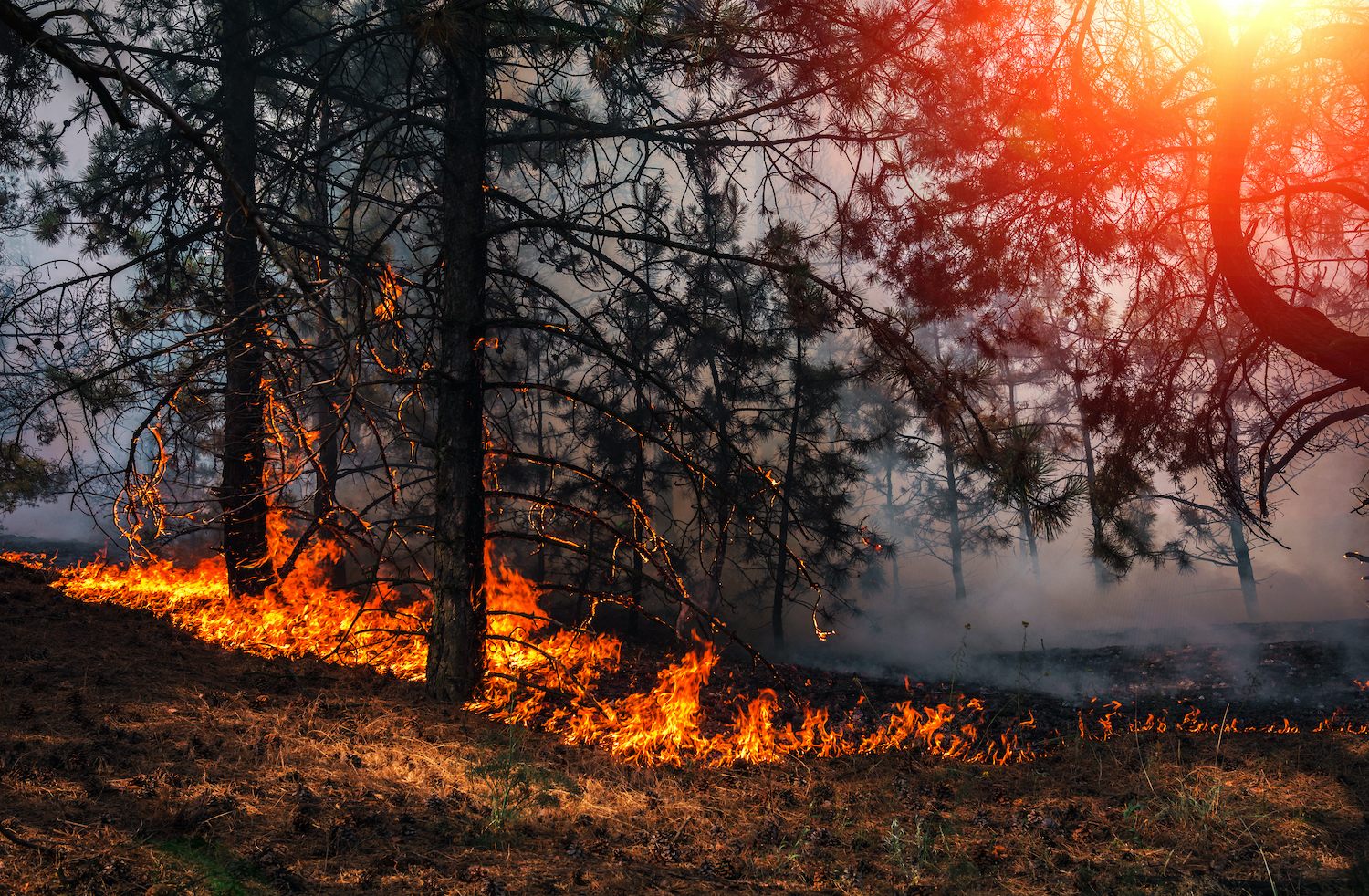
In the late era of the Heian period, “Mappo Shiso” so-called end of the world belief disseminated due to the plague outbreaks, uprising rebellions of samurai were making the unsteady political situation and the increased sense of insecurity among people.
Kuya, a Buddhist priest, established Odori Nenbutsu, dances and chants a prayer to Amida Buddha while beating an iron bowl became truly popular among people.
Later, Genshin wrote Ojo Yoshu describing ‘the afterlife’ which spread the idea of Pure Land and it even became a bestseller in Song China.
Those Jodo (Pure Land) belief died out relatively quickly, however, some priests founded each school of Pure Land Buddhism in the Kamakura period and those would flourish.
Pure Land Buddhism by Honen
Honen founded Pure Land Buddhism (Jodo-shu) focuses only on repeating the phrase “Namu-Amida-Butsu” (Homage to Amitabha Buddha) many times.
He decided that the Enlightenment was no longer achievable by the strength man alone and that the only possible way was to surrender to the Buddha Amida (called Amitabha in China) and rebirth into the Western Paradise Pure Land.
Pure Land Buddhism originally appealed to the merchant and farmer classes by promising salvation by faith alone, and ultimately rebirth in the Pure Land.
It emphasized humility, devotion, and charitable work rather than the individual struggle for personal enlightenment.
The social work was encouraged and salvation is dependent on the faithful relationship to the Amida Buddha, the Buddha of infinite light.
Honen’s ever-increasing popularity among them encountered strong opposition from other schools and government. In 1207, his teachings were prohibited and he was exiled to the Isle of Shikoku with a handful of disciples.
True School of Pure Land Buddhism by Shinran
Shinran, one of Honen’s disciples, pressed forward the idea of Pure Land, True Sect of Pure Land (Jodo Shin-shu) claims that only saying the phrase once with a pure heart is necessary.
It’s used to be called Ikko-shu or Monto-shu until the Meiji period. It’s the one of the most popular Buddhism today due to its simple doctrine, but no elaborate or complicated philosophy.
There’s a tale which has been told that Shinran saw Prince Shotoku in his dream when he was nineteen years old.
In his dream, Prince told him he was given only ten years from then and live well with a strong faith that he would be a Buddha after this life.
Prince Shotoku: Constitution, Rank System, and Japanese Buddha
He came to understand nothing depends on man’s “own power” (Jiriki). Instead, everything depends on “the power of the other” (Tariki), namely that of the Buddha Amida.
Shinran believed the recitation of the Namu-Amida-Butsu (simply the expression of thankful joy for having received everything from Amida Buddha) was the only way for himself and everyone to be relieved in the turbulent and degenerate age.
It’s worth noting that Shinran was a priest who decided to take a wife, with which he had five children, and thus he symbolizes a decisive turn in Japan towards lay Buddhism.
He called himself the most wicked man in the world and by showing the way he is, he simply wanted to pave the way of relief for other suffering people.
Ji (Time) School of Pure Land Buddhism by Ippen
Ippen established the Ji-shu (Time school), traveled around the country advocating the chanting of Amida Buddha at set intervals throughout the day.
The style of chanting while dancing attracted farmers and strays like Kuya did in the middle of the Heian period.
However, his school gained little popular support after his death, a part of the reason would be because he burnt all his written works shortly before his death.
Ippen’s insistence on constant traveling and giving up of family and possessions led to his nicknames: “Traveling Saint” (Yugyo Shonin) and “Holy Man of Renunciation” (Sute Hijiri).
3. Nichiren Buddhism by Nichiren: Types of Buddhism developed in Japan
Nichiren Buddhism, also called “Hokke-shu”, was established by the 13th-century monk Nichiren who underlined the importance of the Lotus Sutra (Saddharma Pundarika Sutra).
He studied and trained in Tendai school and came to the conclusion that the Lotus Sutra is the highest teaching, known as Myoho Renge Kyo in Japanese, the fundamental canonical text of the Tendai sect.
He claimed to utter the Namu Myoho Renge Kyo with one’s whole heart was enough and find oneself in the state of highest enlightenment.
While no other Buddhism has interfered with the military government, Nichiren was suppressed because of his harsh criticism of other Buddhist schools for their teaching only refer to the salvation of the next world and his bellicose attitude.
Finally, he was led to his eventual banishment to the Izu island. Although he was pardoned, he was sentenced to be executed due to his continued attacks on institutions.
His worldly and patriotic spirit accelerated the rise of the new sub-sects which we see in contemporary Japan.
4. Zen: Types of Buddhism developed in Japan
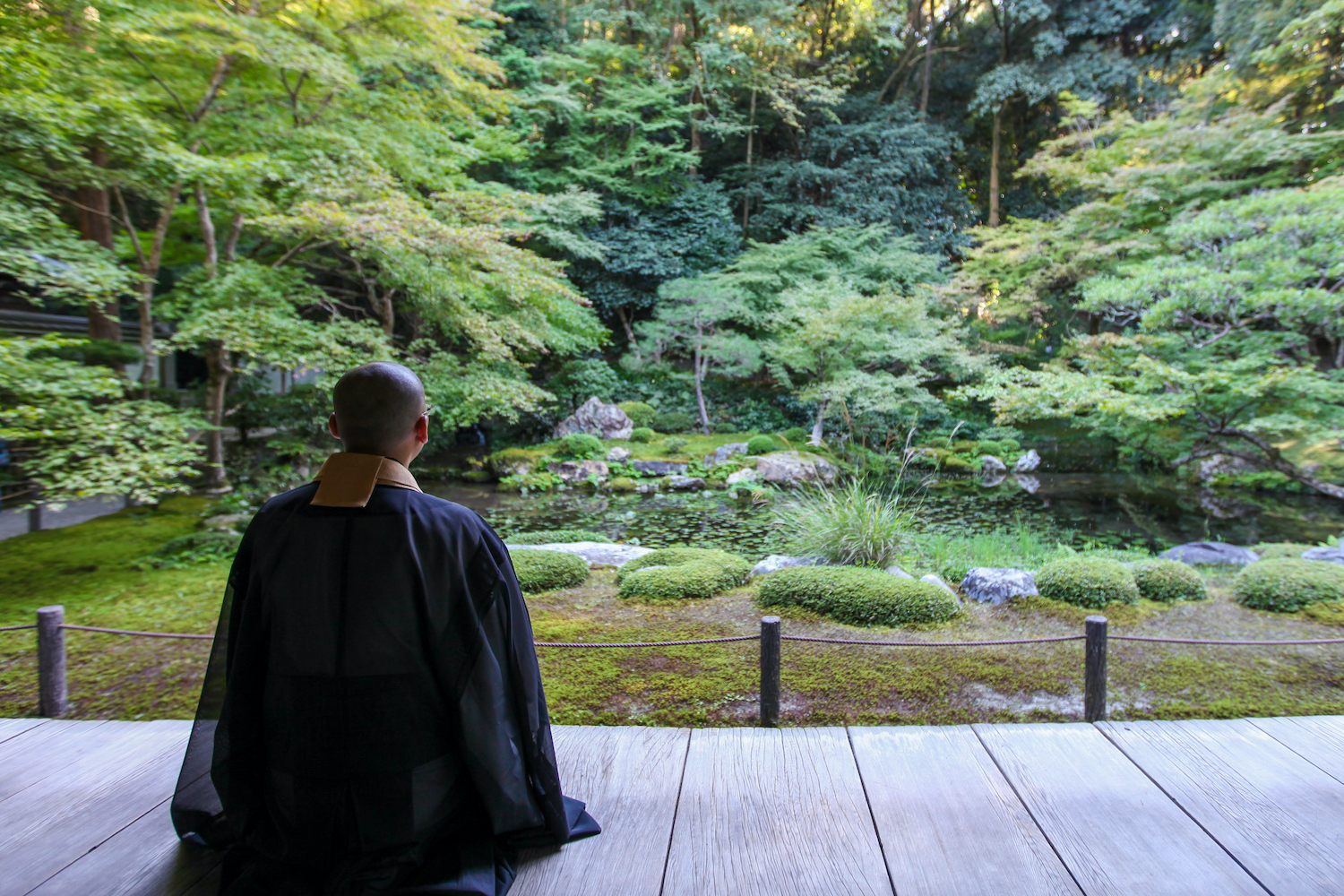
Before we see each school of Zen, let us see the general view of Zen first. Zen is the Japanese development of the school of Mahayana Buddhism that originated in China as Chan Buddhism.
It emphasizes the individual meditative practice to achieve self-realization and, thereby, enlightenment.
Zen also values intuition instead of habitual, logical thinking and developed expressionistic and suggestive (rather than explicit and descriptive) painting style and poetic forms as well as illogical conundrums (koan) to stimulate one’s intuition.
The new ruling class of Samurai took to those teachings in the 13th century.
They are not in the favor of the study of abstruse philosophy or the performance of elaborate rituals, but found this new Japanese Buddhism simple, hard and manly disciple of Zen more to their taste.


Rinzai Zen by Eisai
Eisai founded Rinzai Zen and established firm relations with the new military government in Kamakura. Zen emphasizes on personal effort and the promise of enlightenment rather than heaven in the afterlife.
After he had studied the Tendai doctrine both on Hieizan and in China, he found that the Tendai had already declined and the study of Zen was flourishing. Zen Buddhism teaches there is nothing to rely upon, but one’s true self.
Rinzai Zen stresses the practice of sitting in meditation and koan (highly metaphysical questions) study to awaken oneself and gain an intuitional understanding of life.
This teaching was greatly favored by the military class who liked its strict discipline, particularly by the Hojo family in Kamakura.
Eisai is also linked to the introduction of tea drinking habit in Japan, which in time was to lead the creation of the “Way of the Tea” (Chado) which was strongly influenced by the spirit of Zen and the Tea Ceremony.
Chado: “The Way of Tea” Cultivates Hospitality and Zen Spirit
Japanese Tea House: Architecture of Ultimate Spiritual World
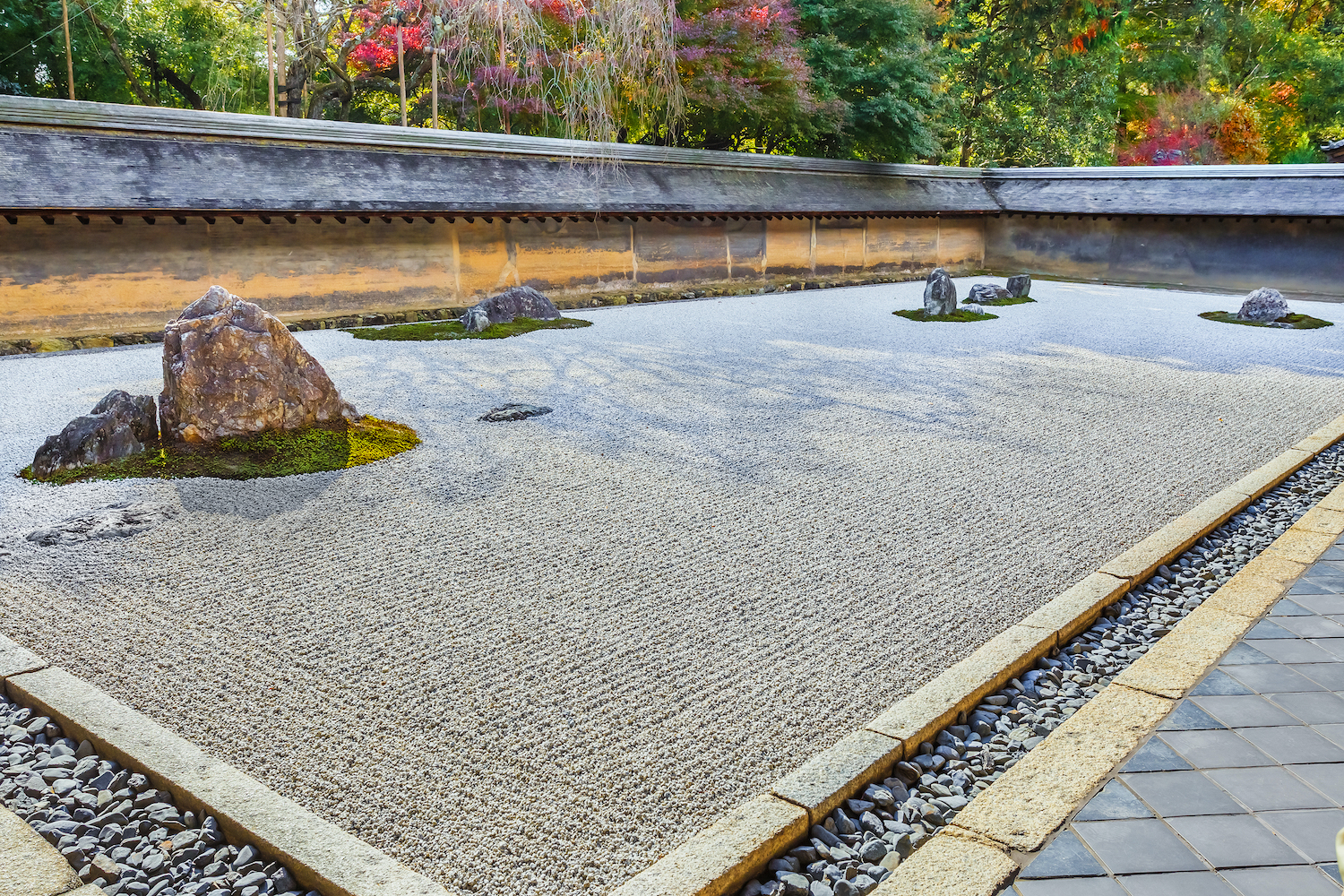
In the 14th and 15th centuries, Rinzai Zen gained tremendous wealth thanks to the privileged relations with the military governments (both Kamakura and Muromachi) and it led to flourishing the cultural developments, which we assume “Japanese traditional culture” today.
Aside from “Chado”, other cultural traditions which continued to this day are; “the Way of the Flower” (Kado or Ikebana), “The Way of the Bow” (Kyudo – Japanese archery), Noh play, architecture, painting, calligraphy, sculpture, printing techniques, gardening, and medicine.
Ikebana: Styles of Japanese Flower Arrangement “Kado”
Kyudo: Japanese Archery Spirit of “The Way of the Bow”
Noh Theater: Meaning of Masks of “Yugen” Beauty
Ikkyu was a priest of the Rinzai sect, who was known for his “crazy” and “madness” character by breaking the commandment.
However, it is received as the state of being enlightened. He was an accomplished poet, calligrapher, and painter as well.
Soto Zen by Dogen
Soto Zen was founded by Dogen, who also studied Zen in China, which teaches that the practice of sitting in meditation is the sole means to discover our true selves and to attain enlightenment.
Unlike Rinzai Zen, it doesn’t require any reasoning or inferring such as koan but put importance on sitting still.
The foundation of Dogen’s Zen is the constantly emphasized principle that practice does not lead to Enlightenment, but is carried out in the state of being Enlightened. He established the Eihei-ji Temple in a remote province.
It teaches a way to live and die peacefully, meaningfully, and pleasantly. This teaching particularly attracted the samurai whose lives were constantly threatened by their enemies. This is where the Bushido spirit was born.
Bushido Virtues: Samurai Code of Conduct Holds Good
5. Buddhism in the Early Modern Period: Types of Buddhism developed in Japan
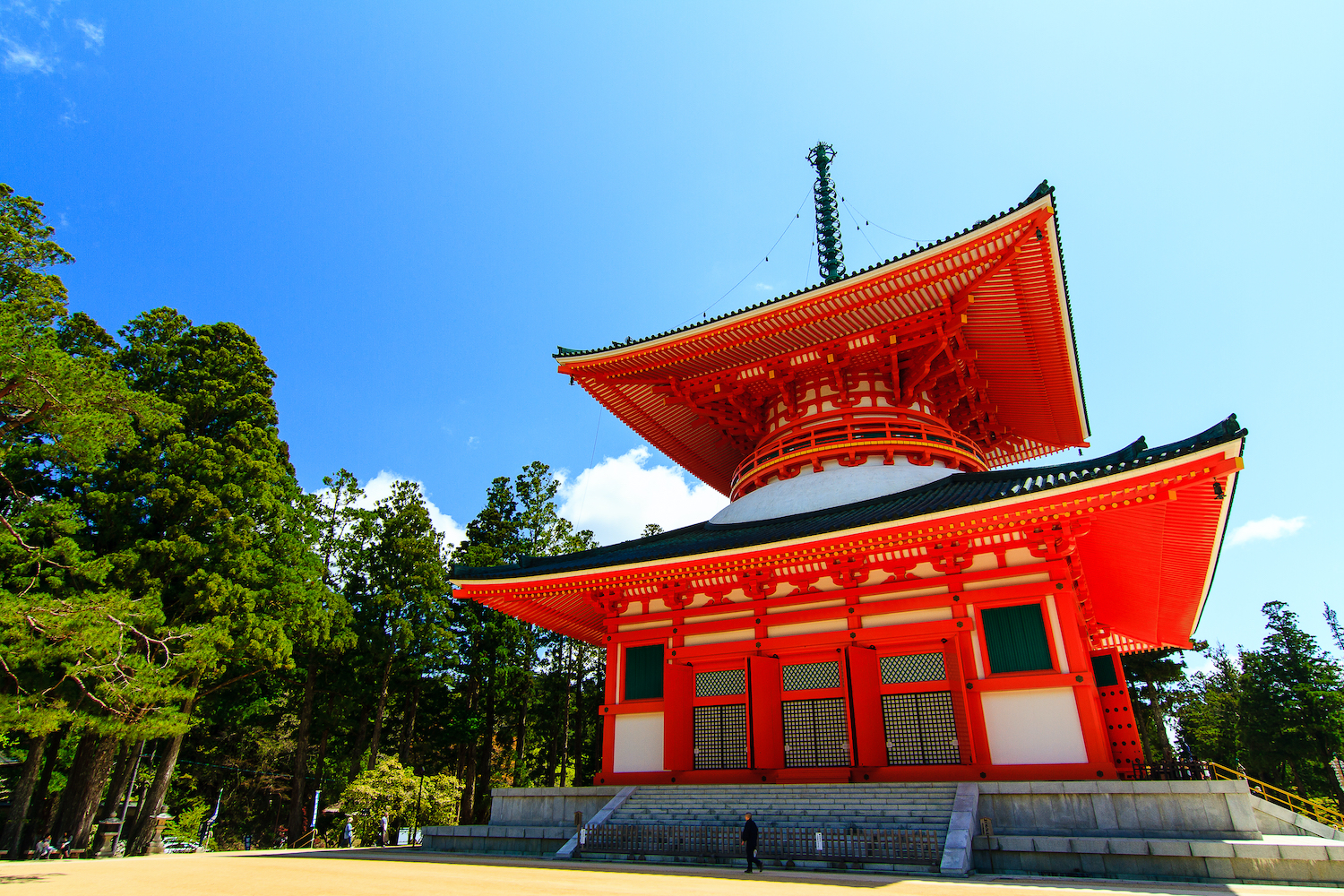
While the government or the Imperial Household favored certain schools more than the others, other Buddhist institution despises it and fought against the government or each other.
Particularly the leading temples on Hieizan (Mt. Hiei) and Koyasan (Mt. Koya) became the citadel of the priest-warriors of the Tendai and Shingon schools. The priests were more conspicuous as a military and political force than in their proper religious sphere.
On the other hand, Zen temples and monasteries became hermitages for the monks who detached themselves from worldly affairs.
Oda Nobunaga and Toyotomi Hideyoshi fought the militant Buddhist monasteries especially the Pure Land (Jodo-shu) at the end of the 16th century and practically extinguished Buddhist influence on the political sector.
Danka System
In the Edo period (1603-1868), while Japan was enjoying its peace and rich culture largely due to closing the country to the outside world, the Buddhist clergy was under the strict control of the government.
And it was forbidden to finding a new sect or build a new temple without special permission.
Buddhist temples played a major administrative role during this period through the Danka system.
In this system, Japanese citizens were required to register at their local Buddhist temples and obtain a certification (terauke), which became necessary to function in society.
The local temple does all the Buddhist memorial services and funeral rites for supporter (virtually every citizen) and gets paid in return.
It was originally meant for expelling out the underground Christian, but it took on the larger role of a census and population control over time. Japanese Buddhism took a drastic turn.
Matsuo Basho was a poet who consciously transformed the practice of poetry into an authentic religious way with haiku (seventeen syllable poem).
His haiku are thought to succinctly catch the elusive, often melancholy magic of the passing moments, and thereby expresses the true spirit of Zen.
古池や 蛙飛び込む 水の音
(Furuike-ya Kawazu-tobikomu Mizuno-oto – The ancient pond. A frog leaps in. The sound of the water.)
Basho expresses with this haiku, the texture, and atmosphere of the ancient pond, the movement with a living thing, a frog, and the time lapse by the splashing sound. A beautiful verse with rich texture.
6. Modern Day Japanese Buddhism: Types of Buddhism developed in Japan
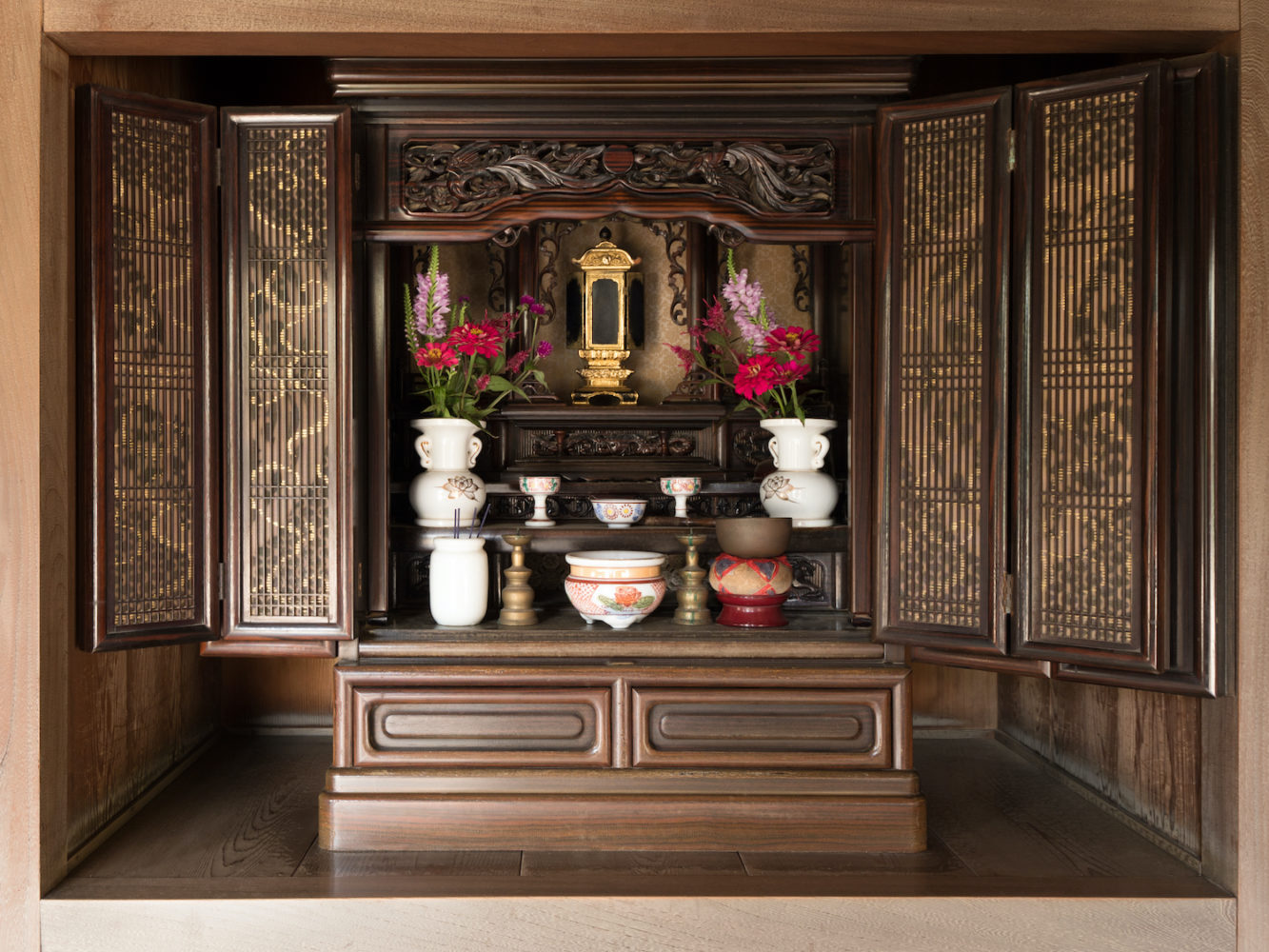
The Meiji government issued “the Ordinance Distinguishing Shinto and Buddhism” in 1868, favored Shinto as the state religion and tried to separate and emancipate it from Buddhism, it lost its influence rapidly.
It was issued to suppress the influence of the former Tokugawa shogunate which had been used monasteries in their advance and to emphasize the ancestor of the Imperial Family is Kami of Shinto.
Most temples used to have its own land which they rented out to farmers to sustain.
Yet agrarian reform after the war changed the climate, so conducting ceremonial services such as funeral rites and maintaining the supporter’s graveyard provides the major source of income today.
If one is not an ardent Buddhist follower, you don’t really notice its presence unless it’s Obon period (welcome the spirits of the ancestors in summer) or the end of the year (Omisoka) when people gather to the temples hearing the sound of the bell ringing 108 times to celebrate mostly as a custom.
However, it is not surprising to find a Buddhist altar at home especially in the older generation, they offer water, flowers, and food to the main object of veneration enshrined there.
Bon Odori Festival: Japanese Buddhist Custom in Summer
Omisoka: Japanese New Year’s Eve Tradition
Daruma dolls are perhaps most seen in stores and offices which derive from Buddhism. This stout and round Daruma dolls always rebound upright and are symbols of good luck.
Usually purchased during the New Year’s festival with their eyes not yet painted in. One eye is painted at the time of praying for a particular wish and the other eye would be painted only when that wish comes true.
Funeral Buddhism
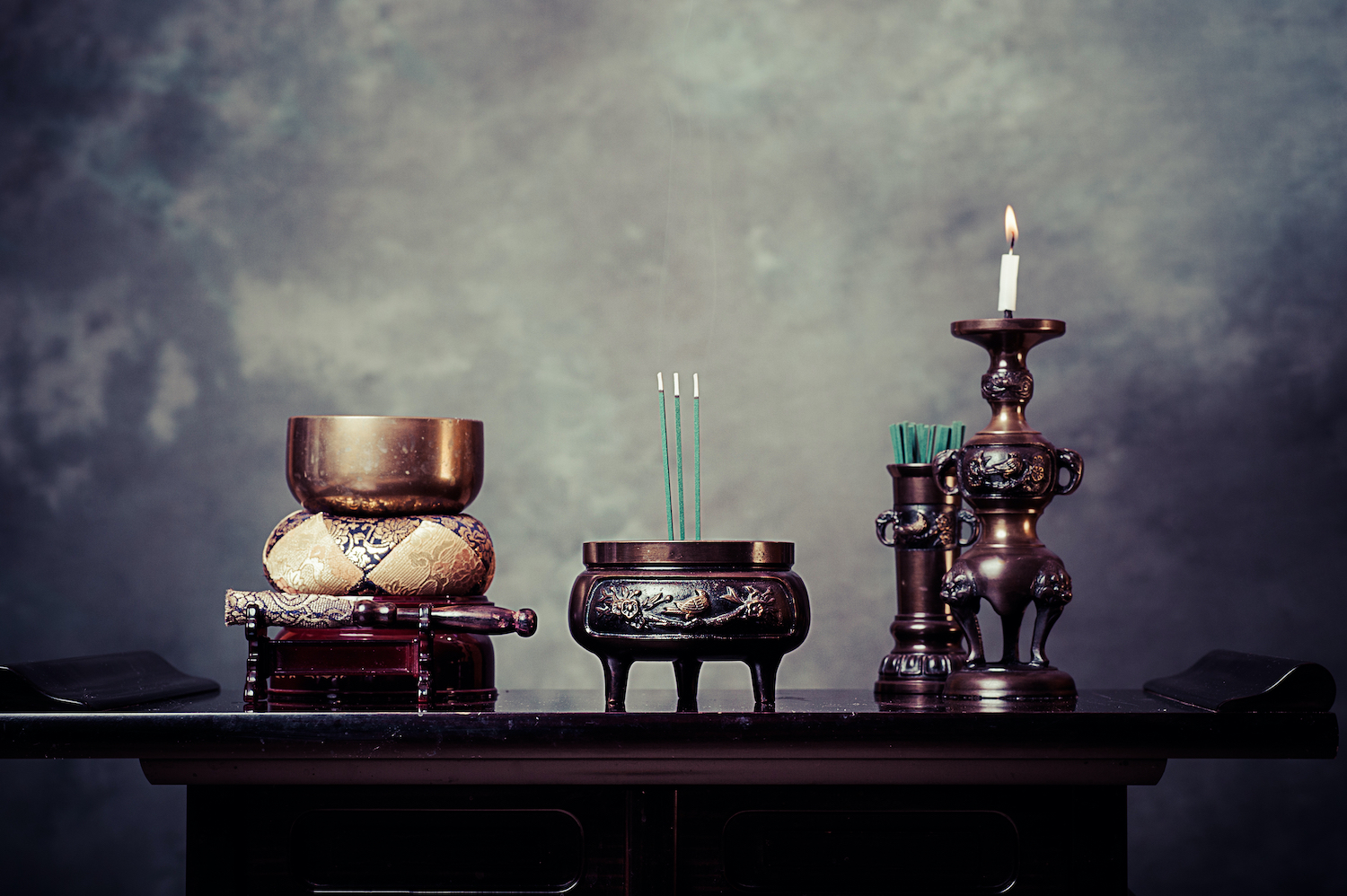
The term “Funeral Buddhism” was coined by Tamamuro Taijio in 1963, best describe the overall state of Japanese Buddhism in modern times.
Buddhism is no longer the vehicle of pursuing the enlightenment, but it’s more like a custom which engages in funerary rites. The term often used as a ridicule, still, Buddhism is in demand in a changed form today.
Also, it’s said that after the 3.11 Tsunami in the Northeastern part of Japan, numbers of Buddhism were increased. When something beyond our imagination happens, we want something to lean on, something we can trust.
Then lastly, Japanese Zen has been successfully exported to many Western countries and changed the way of their lives including Steve Jobs. Kondo Marie aka “Konmari” suggested westerners the way to tidy up, the effective clearing method is based on Zen-like thoughts as well.


In this busy, hectic and complicated modern world, either meditation or clearing method, people need some “way” to stay sane and Japanese Buddhism such as Zen can offer you a personal experience to grope for the way of life.
References
仏教の流れ (www.echizenya.co.jp)
日本仏教史総まとめ (blog.goo.ne.jp)
Zen no more: Japan shuns its Buddhist traditions as temples close (theguradian)
親鸞聖人 三度の夢告 (聞思寞遅慮)
檀家とは?檀家制度の始まりと現代社会における意義 (樹木葬の辞典)


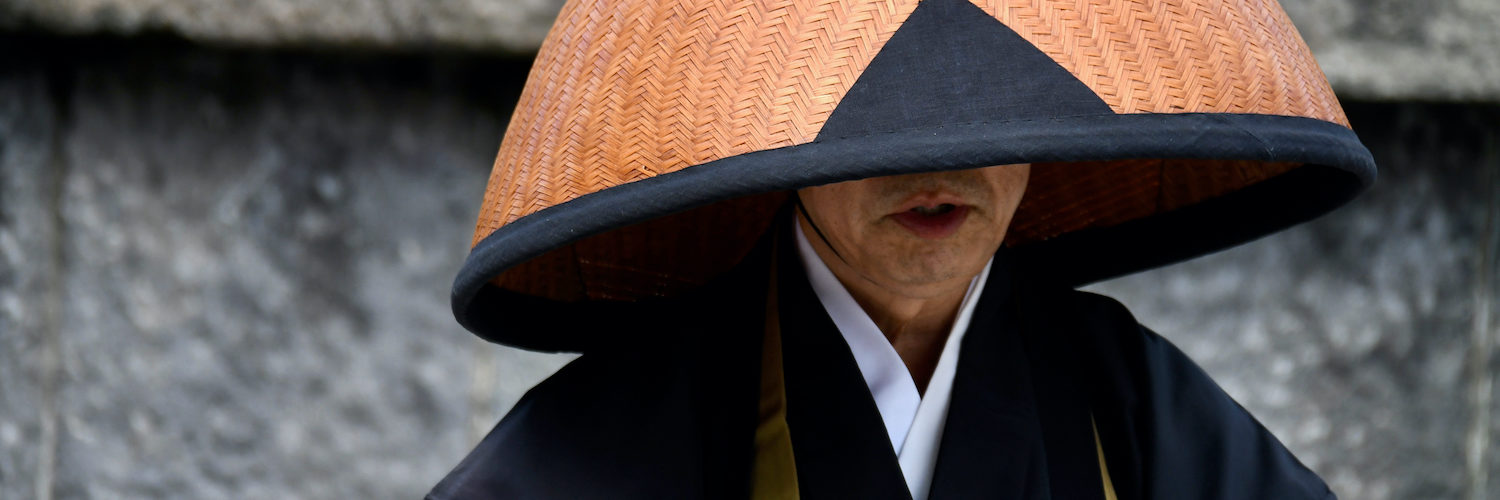
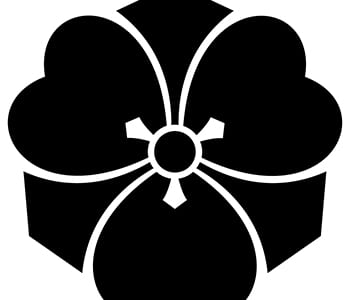
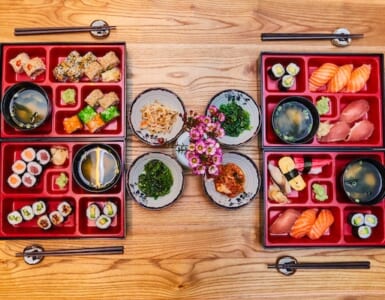
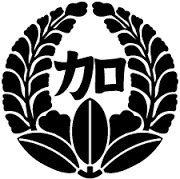


Add comment